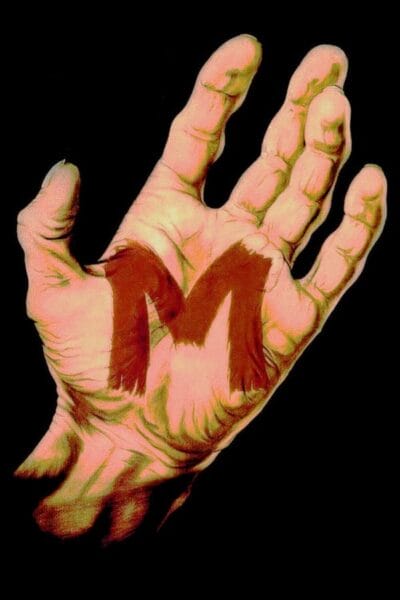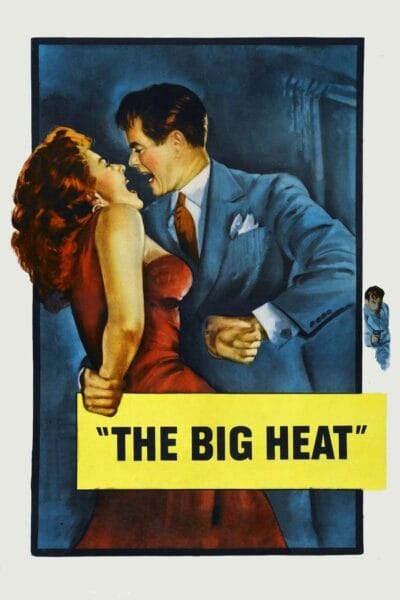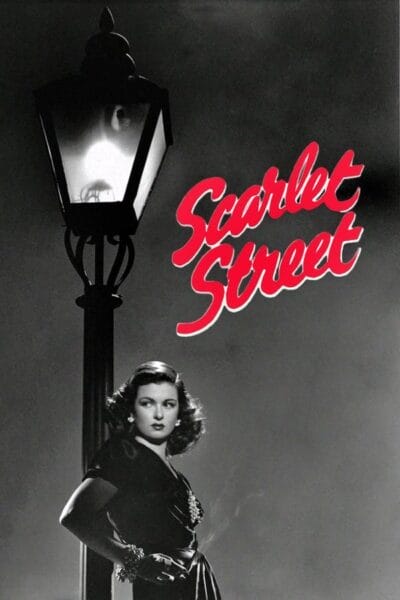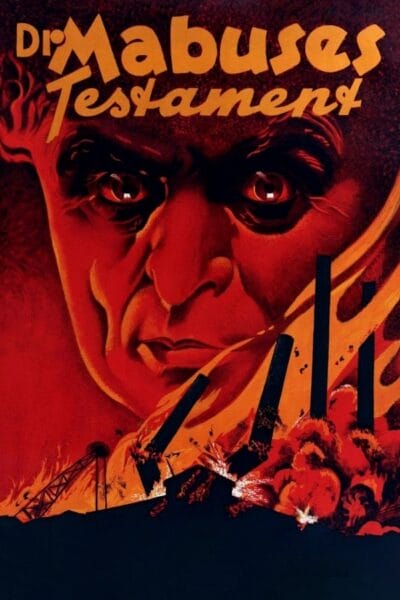Throughout the history of cinema, numerous directors have left their unique and indelible mark on the industry. One such director is Fritz Lang, a visionary filmmaker whose groundbreaking work continues to influence and inspire generations of artists. In this article, we will explore the cinematic legacy of Fritz Lang, with a particular focus on his body of work known as the “Long Fritz.” We will delve into his early life and influences, examine his most iconic films, and discuss the lasting impact of his innovative directing style on film noir and modern cinema.
Introduction to Fritz Lang and the Long Fritz

Fritz Lang, born in Austria in 1890, was a pioneer of German Expressionist cinema and an early architect of film noir. His groundbreaking work in the 1920s and 1930s laid the foundation for what would later become known as the “Long Fritz” – an extensive body of work that spans a wide range of genres, from science fiction and crime dramas to political allegories and psychological thrillers.
The term “Long Fritz” is used to describe the entirety of Lang’s filmography, which includes more than 40 films produced over the course of his five-decade career. This vast and diverse body of work has earned him a place among the most influential directors in the history of cinema, and his films continue to be studied and celebrated for their innovative techniques, visual style, and thematic depth.
Early life and influences of Fritz Lang
Born into a middle-class family in Vienna, Fritz Lang initially pursued a career in architecture and engineering before becoming enamored with the world of cinema. He began his career in film as a screenwriter and actor, working with several prominent German directors such as Joe May and F.W. Murnau. Lang’s exposure to the creative and intellectual circles in Berlin during this time had a profound influence on his artistic development, and his early films reflect the impact of German Expressionism and the broader European avant-garde movement.
Lang’s early work is characterized by a fascination with the dark side of human nature, as well as a penchant for visual experimentation and innovative storytelling techniques. This focus on the psychological and emotional aspects of his characters, combined with his unique visual style, would later become hallmarks of the Long Fritz and contribute to the development of film noir as a distinct genre.

Fritz Lang’s groundbreaking films and the creation of the Long Fritz
The beginning of the Long Fritz can be traced back to Lang’s first significant directorial effort, the 1921 crime drama “Dr. Mabuse, the Gambler.” This film, which introduced the enigmatic and sinister character of Dr. Mabuse, is considered one of the earliest examples of a psychological thriller and showcases Lang’s innovative use of visual techniques to create a sense of unease and tension.
Lang’s next major milestone came with the release of “Metropolis” in 1927, a groundbreaking science fiction film that remains one of the most iconic and influential works in the genre. With its stunning visual effects and sprawling urban dystopia, “Metropolis” solidified Lang’s reputation as an innovative and visionary director.
Throughout the 1930s, Lang continued to push the boundaries of cinema with films such as “M” (1931), a chilling and suspenseful tale of a child murderer, and “The Testament of Dr. Mabuse” (1933), a sequel to his earlier film that expanded on the themes of power and manipulation. These films, along with other works from this period, such as “Fury” (1936) and “You Only Live Once” (1937), further established Lang’s reputation as a master of film noir and a pioneer of the Long Fritz.

The impact of the Long Fritz on film noir and modern cinema
The Long Fritz had a profound effect on the development of film noir as a distinct genre, with Lang’s innovative storytelling techniques, visual style, and thematic exploration of the dark side of human nature serving as key influences. His films often featured morally ambiguous characters, expressionistic lighting and set design, and intricate, multi-layered narratives that delved into themes of crime, corruption, and psychological turmoil.
This unique blend of elements in Lang’s work would go on to inspire countless filmmakers, from the noir directors of the 1940s and 1950s, such as Billy Wilder and Robert Siodmak, to contemporary auteurs like David Lynch and Christopher Nolan. The Long Fritz’s impact on modern cinema can be seen in the visual and narrative techniques employed by these directors, as well as in the enduring popularity of film noir as a genre.

Iconic scenes from the Long Fritz films
There are countless memorable scenes and moments within the Long Fritz that continue to captivate audiences and serve as a testament to Lang’s prowess as a filmmaker. In “Metropolis,” the iconic scene of the robot Maria transforming into a living, breathing woman showcases Lang’s mastery of special effects and his ability to push the boundaries of what was possible in cinema at the time.
In “M,” the chilling sequence where the child murderer, played by Peter Lorre, is cornered and confronted by a group of criminals remains one of the most suspenseful and haunting scenes in film history. The film’s innovative use of sound – such as the murderer’s chilling whistling of “In the Hall of the Mountain King” – further heightens the tension and showcases Lang’s commitment to using every tool at his disposal to create an unforgettable cinematic experience.
Another iconic scene from the Long Fritz can be found in “The Testament of Dr. Mabuse,” in which the titular character delivers a chilling monologue about the nature of power and control. This scene, with its innovative use of sound and visual techniques to create a sense of unease and disorientation, is an excellent example of Lang’s expertise in crafting psychologically complex and thought-provoking narratives.
The evolution of Fritz Lang’s directing style
Throughout his career, Lang’s directing style evolved and adapted to the changing landscape of the film industry. In the early days of the Long Fritz, his work was characterized by a strong focus on visual experimentation and innovative storytelling techniques, as seen in films such as “Dr. Mabuse, the Gambler” and “Metropolis.”
As Lang transitioned to working in Hollywood in the 1930s and 1940s, his style became more streamlined and focused on character-driven narratives, as evidenced by films like “Fury” and “Scarlet Street” (1945). However, his commitment to exploring the darker aspects of human nature and his penchant for creating tense, atmospheric scenes remained constant throughout his career.
In the later stages of the Long Fritz, Lang’s work took on a more overtly political tone, with films such as “The Big Heat” (1953) and “Beyond a Reasonable Doubt” (1956) tackling themes of corruption, power, and the nature of justice. This shift in focus underscores Lang’s ability to adapt and evolve as a filmmaker while maintaining the core elements that defined his unique artistic vision.

Collaborations and partnerships in the Long Fritz
Fritz Lang’s career was marked by numerous collaborations and partnerships with other creative artists, many of whom played an integral role in shaping the Long Fritz. One of his most important collaborators was Thea von Harbou, Lang’s wife and frequent screenwriting partner. The pair worked together on several of Lang’s most iconic films, including “Metropolis,” “M,” and “The Testament of Dr. Mabuse.”
Other notable collaborators from the Long Fritz include cinematographer Karl Freund, who worked with Lang on “Metropolis” and “The Testament of Dr. Mabuse,” and actor Peter Lorre, who delivered a chilling and unforgettable performance as the child murderer in “M.” These partnerships not only helped to define the unique aesthetic and thematic elements of the Long Fritz but also contributed to Lang’s continued success and growth as a filmmaker.
The legacy of Fritz Lang and the Long Fritz in contemporary cinema
The influence of Fritz Lang and the Long Fritz can be seen in the work of countless contemporary filmmakers, who continue to draw inspiration from his innovative techniques, unique visual style, and thematic exploration of the darker aspects of human nature. Directors such as David Fincher, Christopher Nolan, and the Coen Brothers have all cited Lang as a significant influence on their work, with elements of the Long Fritz evident in films like “Se7en” (1995), “The Dark Knight” (2008), and “No Country for Old Men” (2007).
In addition to inspiring new generations of filmmakers, the Long Fritz has also played a crucial role in the ongoing preservation and restoration of classic films. Organizations like The Film Foundation and the Criterion Collection have worked tirelessly to restore and preserve Lang’s films, ensuring that future generations of cinephiles can continue to appreciate and learn from his groundbreaking work.

Rediscovering and preserving the Long Fritz films
The ongoing efforts to restore and preserve the Long Fritz films serve as a testament to the enduring importance of Fritz Lang’s work in the history of cinema. Through these efforts, new generations of film enthusiasts are afforded the opportunity to rediscover and appreciate Lang’s innovative techniques and unique artistic vision.
Many of the LongFritz films have been lost or damaged over the years, making preservation efforts all the more crucial. As technology has advanced, so too have the methods used to restore these films, with digital restoration techniques allowing for unprecedented levels of detail and clarity.
In addition to restoration efforts, the Long Fritz films are being made more widely available through home video releases and streaming services. This increased accessibility means that fans of Lang’s work can now easily view and appreciate his films, regardless of their location or access to theaters.
Influence of Fritz Lang
Fritz Lang’s impact on cinema is immeasurable, with his innovative techniques and unique artistic vision continuing to inspire and influence filmmakers to this day. The Long Fritz, in particular, remains a testament to Lang’s unparalleled creativity and his ability to push the boundaries of what was possible in cinema.
From the early days of German Expressionism to the heyday of film noir and beyond, Lang’s work has left an indelible mark on the history of cinema. By continuing to preserve and share his films, we can ensure that his legacy lives on for future generations of cinephiles to discover and appreciate.
Call to action
As a film enthusiast, I encourage you to explore the Long Fritz and experience for yourself the groundbreaking work of Fritz Lang. Whether you are a fan of science fiction, crime dramas, or psychological thrillers, there is something in the Long Fritz for everyone.
Consider seeking out Lang’s films on streaming services or through home video releases, and take the time to appreciate the unique visual style, innovative storytelling techniques, and thematic depth that define the Long Fritz. By doing so, you can gain a deeper understanding of the history of cinema and the enduring legacy of one of its greatest pioneers.
